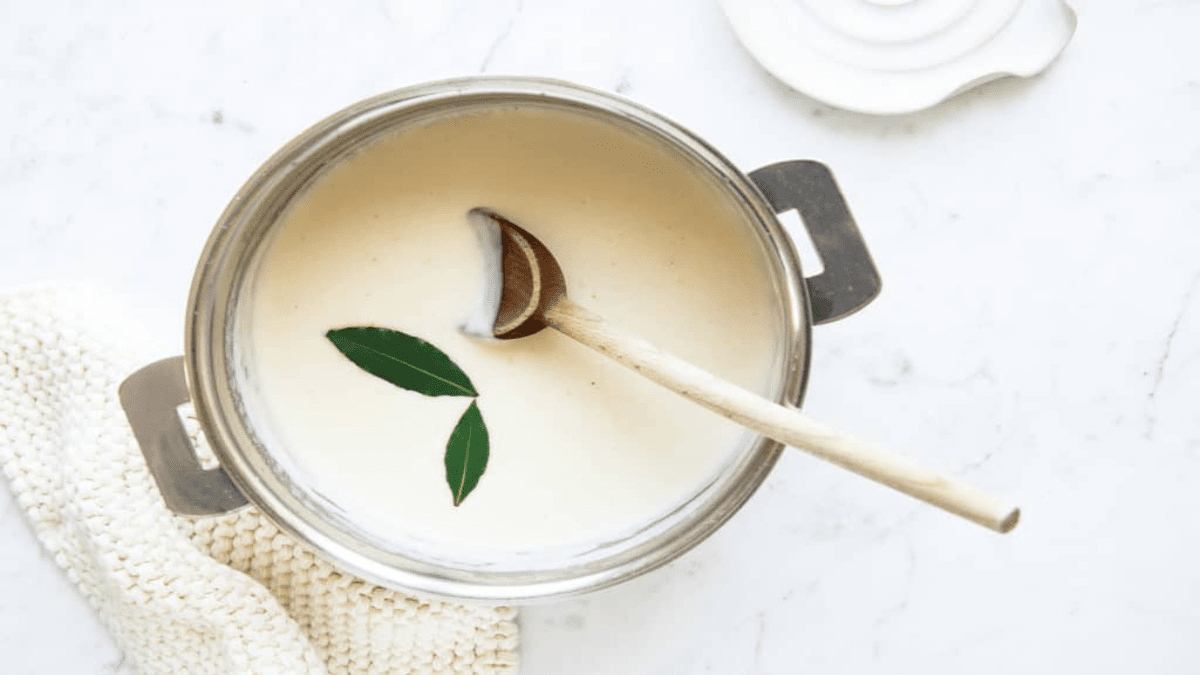In the realm of culinary delights, sauces play a pivotal role in elevating the flavors and textures of various dishes. Among the diverse array of sauces in the culinary world, Béchamel sauce stands out as a classic and versatile option cherished by chefs and home cooks alike. But what exactly is Béchamel sauce made of, and what makes it such a beloved addition to countless recipes?
A Classic Foundation:
Béchamel sauce, also known as white sauce, serves as one of the fundamental sauces in French cuisine. Its creation is attributed to the renowned chef Louis de Béchamel, from whom it derives its name. What distinguishes Béchamel sauce is its velvety texture and delicate flavor, making it a versatile companion to a myriad of dishes.
The Basic Ingredients:
The beauty of Béchamel sauce lies in its simplicity, crafted from just a handful of essential ingredients:
- Butter: The foundation of many rich sauces, butter provides a luxurious mouthfeel and adds depth to the flavor profile.
- Flour: Acting as a thickening agent, flour helps to achieve the desired consistency of the sauce. It forms a roux when combined with butter, which serves as the base for Béchamel sauce.
- Milk: The primary liquid component, milk lends Béchamel sauce its creamy texture and subtle sweetness. Whole milk is commonly used, though variations may include cream or half-and-half for a richer taste.
- Seasonings: While the core ingredients form the base of Béchamel sauce, seasonings such as salt, pepper, and nutmeg are often added to enhance its flavor profile. The delicate balance of these seasonings is key to achieving the desired taste.
The Culinary Process:
Creating Béchamel sauce requires precision and attention to detail. The process typically involves the following steps:
- Prepare the Roux: Melt butter in a saucepan over medium heat, then gradually whisk in flour to form a smooth paste known as a roux. Cooking the roux for a few minutes helps to eliminate the raw flour taste.
- Incorporate the Milk: Slowly pour in the milk while continuously whisking the mixture to prevent lumps from forming. Simmer the sauce gently, allowing it to thicken to the desired consistency.
- Season to Taste: Once the sauce has reached the desired thickness, season it with salt, pepper, and a hint of nutmeg, adjusting the flavors to suit your preferences.
- Optional Additions: While the traditional Béchamel sauce is elegant in its simplicity, variations may include additional ingredients such as cheese for a decadent Mornay sauce or herbs for a nuanced flavor profile.
Béchamel sauce serves as a culinary chameleon, seamlessly complementing an array of dishes across different cuisines. Its versatility knows no bounds, making it a staple in both classic French cuisine and international fare. Whether used as a creamy base for gratins and lasagnas or as a luscious topping for vegetables and seafood, Béchamel sauce adds a touch of sophistication to any dish it graces.
In the realm of sauces, Béchamel stands as a timeless classic revered for its simplicity, versatility, and unparalleled culinary appeal. Crafted from just a handful of basic ingredients, this velvety white sauce has earned its rightful place in the pantheon of culinary delights. Whether enjoyed as a standalone sauce or as a component in more elaborate dishes, Béchamel sauce continues to captivate taste buds and inspire culinary creativity around the globe.

